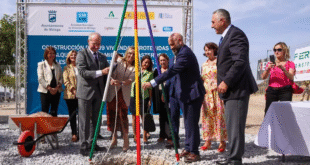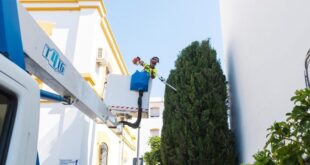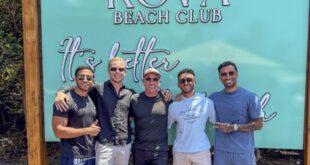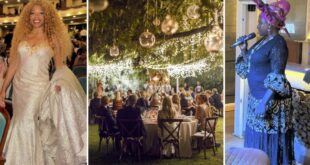Cordoba has some of the most beautiful treasures in Andalucia. Most visitors are familiar with the Mezquita – the astoundingly beautiful former mosque – or the Patio Competition, held every May, when exquisitely decorated courtyards compete for prizes.
But this time, we’re veering off the well-worn path to explore some of Cordoba’s hidden corners – the backstreets and tucked-away plazas that are too often overlooked.
Be clear: The places we are about to showcase are only a few of the many treasures that the city has to offer. This article easily could have been five or more times as long.
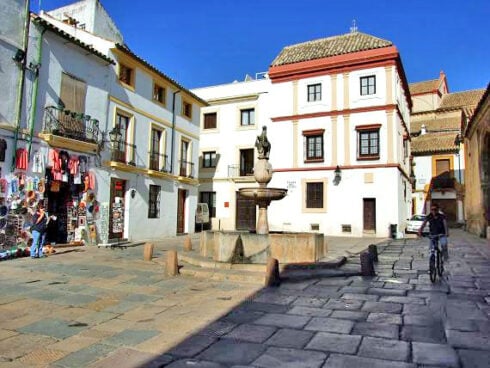

We begin at the charming Plaza del Potro, or ‘Square of the Foal’, named for the fountain at its centre featuring a carved horse dating back to 1577 (the horse figure itself was added a few years later).
This atmospheric square has four main claims to fame. It’s the home of Cordoba’s Museum of Fine Arts.


The second is that it’s home to the Centro Flamenco Fosforito. (More on this shortly.) Third, this is the scene of Don Quijote’s funniest adventure.
Cervantes, who knew Cordoba well and appreciated its cheeky sense of humor, had the landlord mock Don Quijote with a list of ‘famous’ locations – all, in fact, brothels – to which Don Quijote solemnly replies that he has indeed guarded them all. Cervantes, who knew Cordoba well and appreciated its cheeky sense of humour, has the landlord mock Don Quijote with a list of ‘famous’ locations – all, in fact, brothels – to which Don Quijote solemnly replies that he has indeed guarded them all.


Lastly, on the square you will find the Museo Julio Romero de Torres. In this building, the 1874-born artist and cordobes for life lived. The building houses the best collection of Romero’s works. Romero was known for his dedication to capturing the essence of Cordoba’s women – dark hair, olive skin, intense eyes – and he was never short of muses.
The Plaza de la Corredera is another less-known area in Cordoba.


This large, rectangular square is now home to an outdoor market. In centuries past it was the bullring of the city.
The stark architecture of this 1683 building reflects the austere mindset of 17th-century Cordoba. It has also a darker past: it was the site of public hangings and the burning at the stake of non-Christians.


Cordoba has a lot of lighter food options. Casa Mudejar is a group of interconnected houses built in the traditional arab style during the 1500s. Cordoba, after all, remains Spain’s most ‘Arabic’ city in character.
Manolete was the legendary bullfighter that was killed in 1947.
The Municipal Bullfighting Musuem, located in the Jewish Quarter is one of the few places where his memory still resonates.


Then there’s the Centro Flamenco Fosforito, a cultural centre dedicated to Antonio Fernandez Diaz – better known as Fosforito – widely regarded as Cordoba’s greatest living flamenco singer.But this isn’t just a museum. Have you ever wondered what a seguiriya is? You can explore the many different types of displays here. Palos Flamenco is one of the styles of music.
Consider catching a performance if you are staying for more than one day. Because here’s the twist: the Flamenco Centre is located in the very building that once housed Don Quijote’s infamous tavern – the one where the Man of La Mancha stood guard with a kitchen strainer on his head.
History, humour, and haunting melodies – that’s the magic of Cordoba’s hidden corners.
READ MORE
 Costa News Spain Breaking News | English News in Spain.
Costa News Spain Breaking News | English News in Spain.


